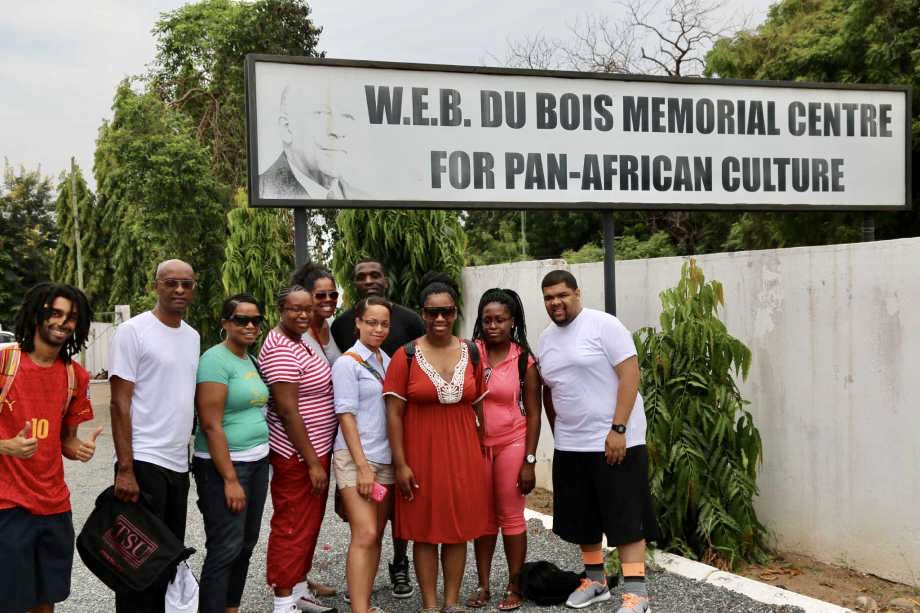The African Diaspora Series: Part 2
The African diaspora is one of the most expansive and impactful diasporas in world history. It includes over 140 million people of African descent living outside the continent, connected by shared ancestry, cultural survival, and a legacy of resilience. From the Americas to Europe, the Middle East to South Asia, the diaspora has shaped global culture, politics, economics, and identity.
This article provides a regional breakdown of major African diaspora communities, estimates of their population sizes, cultural and economic contributions, and the growing influence they wield today. It also highlights the millions of continental Africans—such as Ethiopians, Nigerians, and others—who are part of a rapidly expanding voluntary diaspora.
1. Afro-Brazilians (Brazil) – Estimated 115 million
Geographic origins: West and Central Africa (especially Angola, Congo, and Nigeria)
Source:
Brazil has the largest African-descended population outside Africa. This figure includes both individuals who identify as Black (preto) and those who identify as mixed-race with African ancestry (pardo or mulato), as categorized by Brazil’s national census. Together, they make up over 50% of Brazil’s 215 million people.
- Cultural expressions: Capoeira, Candomblé, samba
- Historical struggles: 4 million enslaved Africans brought to Brazil during the transatlantic slave trade
- Resistance: Quilombo communities, Afro-Brazilian rights movements
2. African Americans (United States) – Estimated 47 million
Geographic origins: West Africa (Senegal, Gambia, Nigeria, Ghana, Benin, Angola)
Source:
African Americans represent about 14% of the U.S. population and have been foundational to the country’s history.
- Cultural power: Jazz, blues, gospel, hip hop, literature, fashion
- Political legacy: Civil Rights Movement, Black Lives Matter
- Economic contribution: Over $1.7 trillion in spending power (2022)
3. Afro-Caribbeans (Caribbean Nations) – Estimated 20–25 million
Geographic origins: Ghana, Nigeria, Benin, Congo, Angola
Found in Haiti, Jamaica, Trinidad & Tobago, Barbados, and others.
- Key events: Haitian Revolution (first successful Black republic, 1804)
- Cultural strength: Reggae, calypso, dancehall, Rastafarianism
- Diaspora outreach: Strong migration to the U.K., U.S., and Canada
4. Afro-Latinos (Spanish-speaking Latin America) – Estimated 30–40 million
Geographic origins: West and Central Africa
Source:
Present in Colombia (10.5 million), Cuba, Venezuela, the Dominican Republic, and Panama.
- Cultural influence: Salsa, rumba, merengue, Santería
- Challenges: Underrepresentation in politics and media
- Progress: Afro-Colombian and Afro-Peruvian rights movements
5. African Diaspora in Europe – Estimated 15 million
Geographic origins: Nigeria, Ghana, Senegal, Algeria, Somalia, Congo
The African diaspora in Europe includes recent immigrants and multigenerational communities across the U.K., France, Germany, the Netherlands, Italy, and Spain.
- Migration history: Post-colonial labor migration, refugee displacement
- Social impact: Afrobeats, French rap, art, and politics
- Discrimination: Rise in anti-Black racism and far-right movements
6. African Migrants in the Global Diaspora (Modern Migration) – Estimated 15–20 million
Geographic origins: Nigeria, Ethiopia, Ghana, Kenya, Somalia, Eritrea, DRC
This group includes Africans who migrated after 1960 — students, professionals, and entrepreneurs.
- Top destinations: U.S., Canada, U.K., France, Germany, South Africa, UAE, China
- Economic power: Nigerians abroad sent $19.5 billion in remittances in 2022 — the highest from any African diaspora group
- Education: Africans in the U.S. have the highest educational attainment of any immigrant group (38% hold bachelor’s degrees or higher)
7. Afro-Arabs and Afro-Iraqis (MENA Region) – Estimated 10–15 million
Geographic origins: Sudan, Ethiopia, Somalia, Kenya
Present in Iraq, Yemen, Tunisia, Libya, Saudi Arabia, and more.
- Historical roots: Trans-Saharan and Indian Ocean slave trades
- Current challenges: Racial discrimination, identity erasure
- Rising movements: Black Tunisians and Afro-Iraqis advocating for civil rights
8. Siddis (India and Pakistan) – Estimated 300,000–500,000
Geographic origins: East Africa (Mozambique, Ethiopia, Kenya, Tanzania)
The Siddis arrived through centuries of trade, military recruitment, and slavery.
- Cultural legacy: Goma dance, Siddi shrines, African drumming
- Regions: Karnataka, Gujarat, Maharashtra
- Modern issues: Land rights, poverty, integration challenges
💸 Economic Contributions and Remittances
According to the World Bank, the African diaspora sent over $53 billion in remittances to Africa in 2022.
Top countries receiving remittances:
- Nigeria – $19.5B
- Egypt – $18B
- Morocco – $11B
- Ghana – $4.7B
- Kenya – $4B
Top contributing diaspora groups: Nigerians, Egyptians, Moroccans, Ghanaians, Ethiopians
These funds support education, health care, small businesses, and infrastructure.
🗳️ Political Power and Advocacy
Diaspora communities play a growing role in global Black activism and development.
- Movements: Pan-Africanism, reparations, decolonization
- Representation: Increasing political visibility in parliaments, media, and academia
- Continental recognition: The African Union formally recognizes the diaspora as the “6th Region of Africa”
🌍 The Future of the African Diaspora
The African diaspora is incredibly diverse — across languages, regions, and histories — yet it shares a common connection to Africa.
Through education, innovation, advocacy, and economic support, this global community continues to shape the future of Africa and the broader Black world.
It is not just the story of displacement — it is a living force of resilience, creativity, and transformation.
Link to Article 1: What Is a Diaspora? Understanding Global Identity and Who Belongs
